Introduction
Have you ever dreamed of flying your own remote-controlled airplane? Building your first RC airplane is not only fun—it’s the perfect introduction to the RC flying hobby. In this guide, we’ll walk you through everything you need to know, from choosing your model to taking your first successful flight.
Step 1: Choose the Right Type of RC Airplane
Best RC Planes for Beginners
- High-Wing Trainer Planes – Great for stability and easier control.
- Foam Airplanes – Lightweight, crash-resistant, and easy to repair.
- Electric Gliders – Ideal for learning smooth flying and energy management.
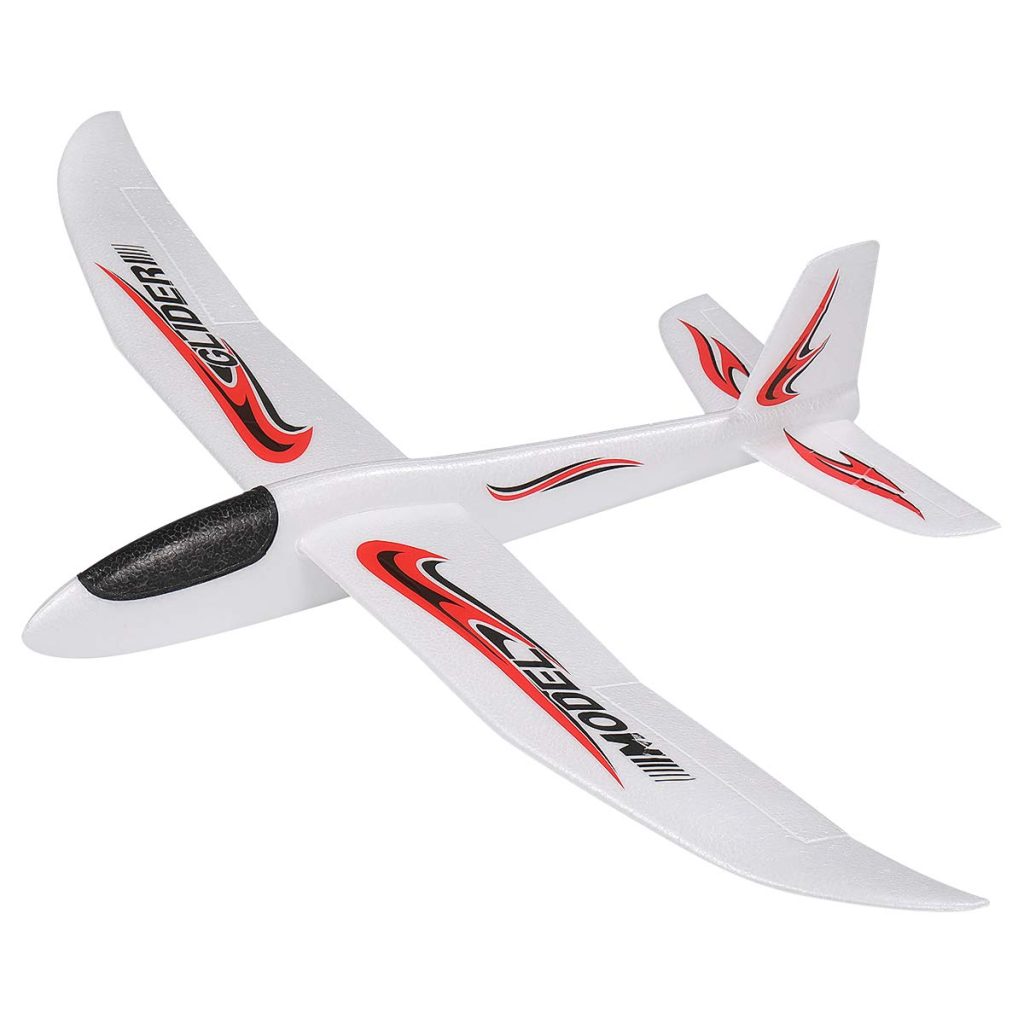
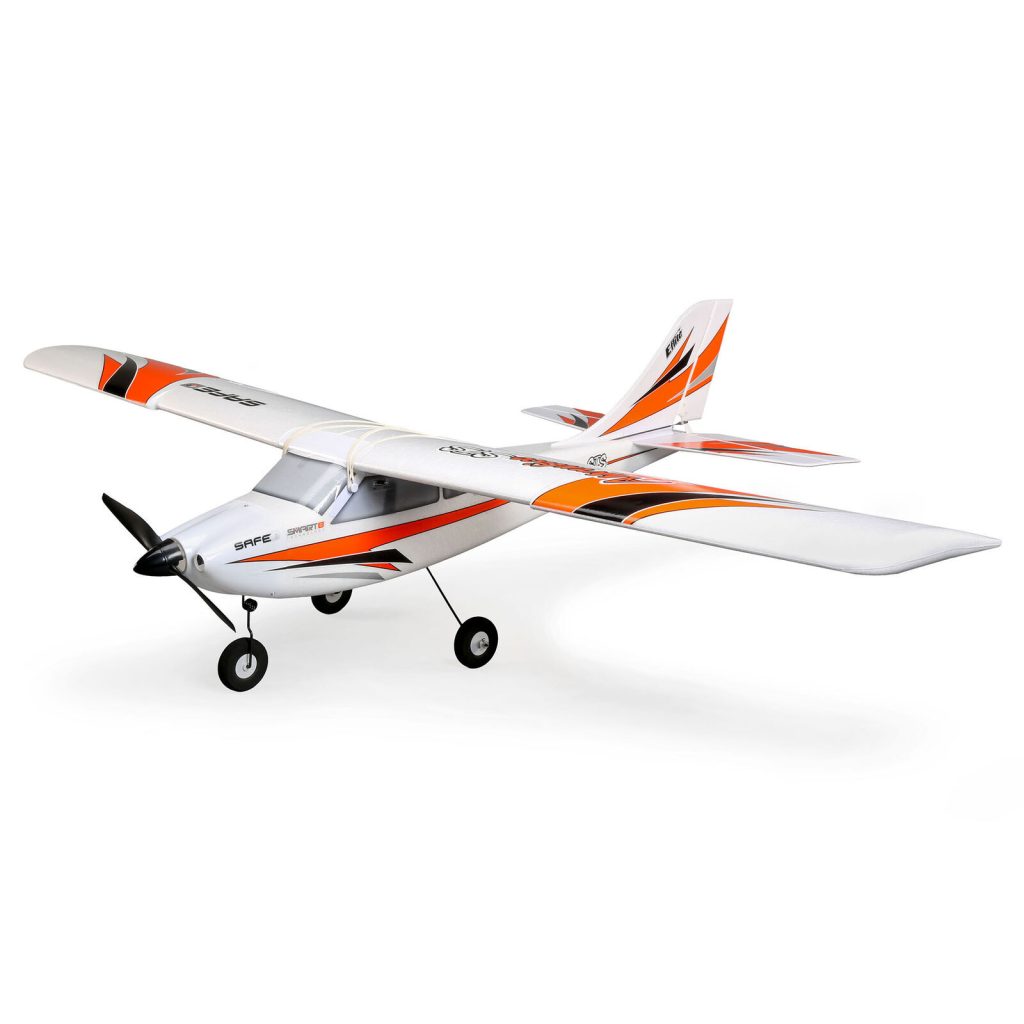
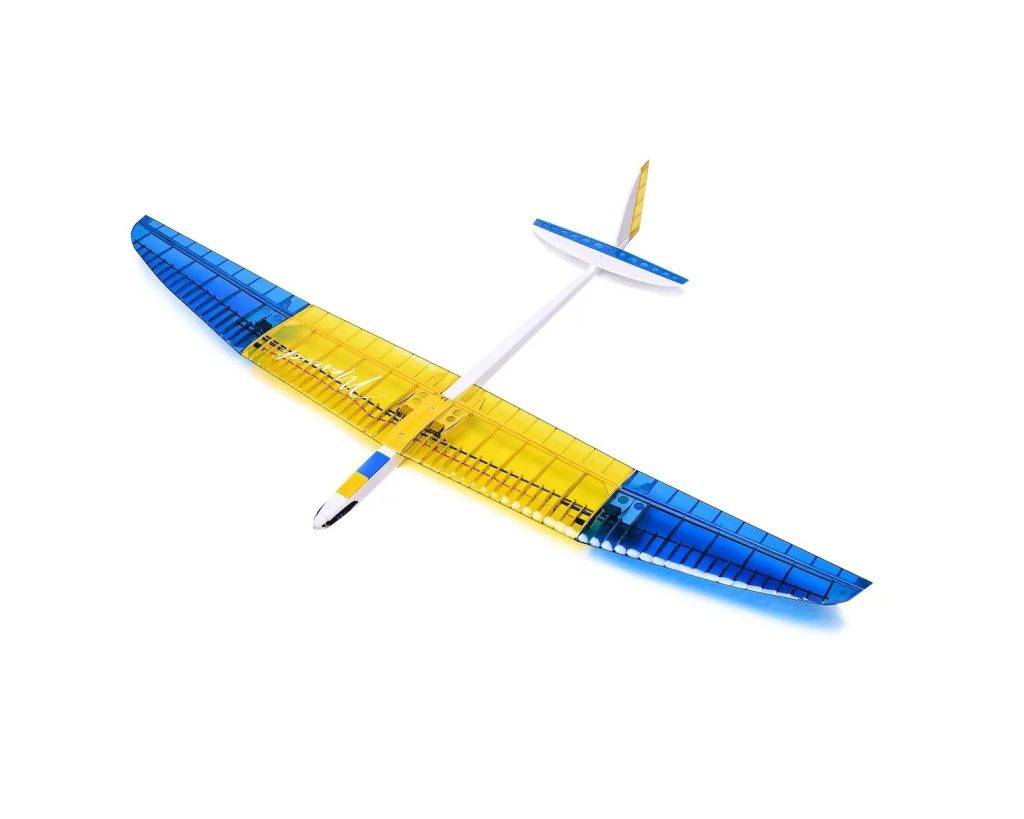
Tip: Start with a ready-to-fly (RTF) or almost-ready-to-fly (ARF) kit if you’re unsure about scratch-building.
Step 2: Gather Your Materials and Tools
Essential Components
- RC airplane airframe (kit or scratch-built)
- Brushless motor & ESC (Electronic Speed Controller)
- 2–4 servos
- 4+ channel transmitter and receiver
- LiPo battery + charger
- Propeller
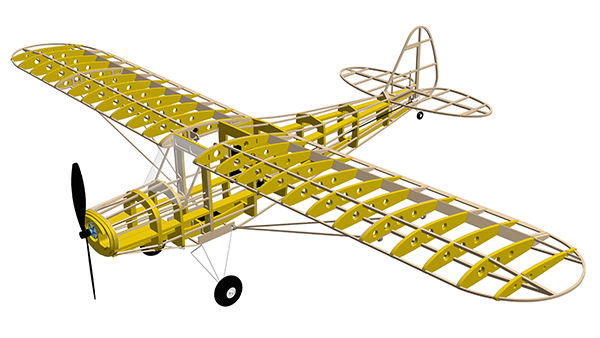
Tools You’ll Need
- Hot glue gun
- Hobby knife
- Small screwdriver set
- Soldering iron (optional)
- Measuring tools
Step 3: Assemble the Airframe
Tips for Accurate Assembly
- Follow kit instructions closely
- Keep parts aligned—especially the wings and tail
- Use hot glue or foam-safe adhesives
- Reinforce weak spots with carbon rods or tape
Taking time here will result in a more stable and safer aircraft.
Step 4: Install Electronics
Setting Up
- Mount the motor and secure it with proper brackets
- Install servos into control surfaces (rudder, elevator, ailerons)
- Connect the ESC to both motor and receiver
- Place the battery for balanced center of gravity (CG)
- Tidy up wires using zip ties or Velcro
Step 5: Configure Your Radio System
Pre-Flight Radio Setup
- Bind the transmitter and receiver
- Adjust servo direction and trim
- Set fail-safe settings in case of signal loss
- Check throttle cut-off and dual rates
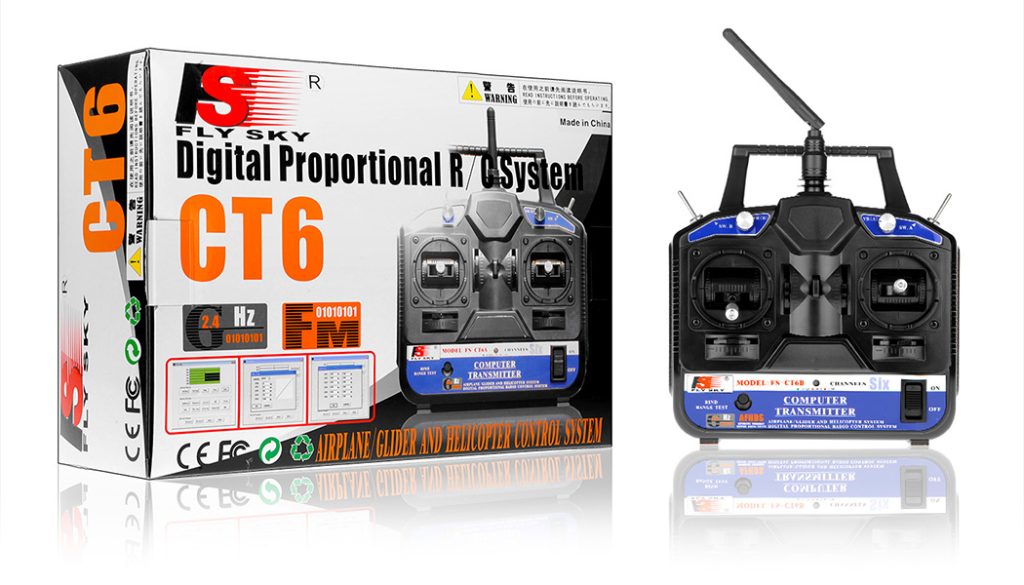
Step 6: Final Pre-Flight Checklist
Safety and Readiness
- Confirm all control surfaces move correctly
- Check battery charge and motor operation
- Make sure the CG is in the recommended spot
- Secure all parts firmly
Fly in a calm, open space like a park or field.
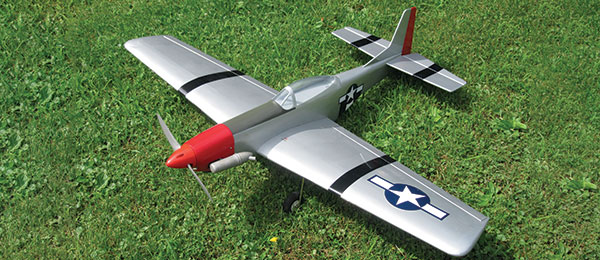
Step 7: First Flight Tips
Flying for the First Time
- Start with gentle, steady throttle
- Keep the airplane level—avoid overcorrecting
- Use minimal stick input
- If possible, have an experienced flyer guide you
Takeoff is optional—landing is mandatory!
Conclusion
Building your first RC airplane is a hands-on journey into aviation and model engineering. By following this step-by-step guide, you’ll gain valuable experience and confidence as an RC pilot. Enjoy the process—and happy flying!


